Best Companion Plants For Stipa Tenuissima
Best Companion Plants for Stipa Tenuissima
Stipa tenuissima, also known as Mexican feather grass, is a versatile ornamental grass that can be used in a variety of landscape settings. It is known for its airy, feathery plumes that sway in the breeze, and its drought tolerance makes it a low-maintenance choice for many gardeners.
When choosing companion plants for Stipa tenuissima, it is important to consider the plant's growth habit, sun and water requirements, and bloom time. Some good companion plants include:
- Allium species: Alliums are a diverse group of flowering plants that come in a variety of colors and sizes. They are typically early to mid-summer bloomers, and their flowers add a pop of color to the garden. Some good Allium companions for Stipa tenuissima include Allium sphaerocephalon (drumstick allium), Allium christophii (purple globe allium), and Allium giganteum (giant allium).

- Achillea millefolium (yarrow): Yarrow is a hardy perennial that is known for its daisy-like flowers. It blooms in late spring and early summer, and its flowers come in a variety of colors, including white, yellow, pink, and red. Yarrow is a good companion plant for Stipa tenuissima because it has similar sun and water requirements.

- Echinacea purpurea (purple coneflower): Purple coneflower is another hardy perennial that blooms in late summer. Its flowers are bright purple and have a distinctive cone-shaped center. Purple coneflower is a good companion plant for Stipa tenuissima because it attracts butterflies and other pollinators.
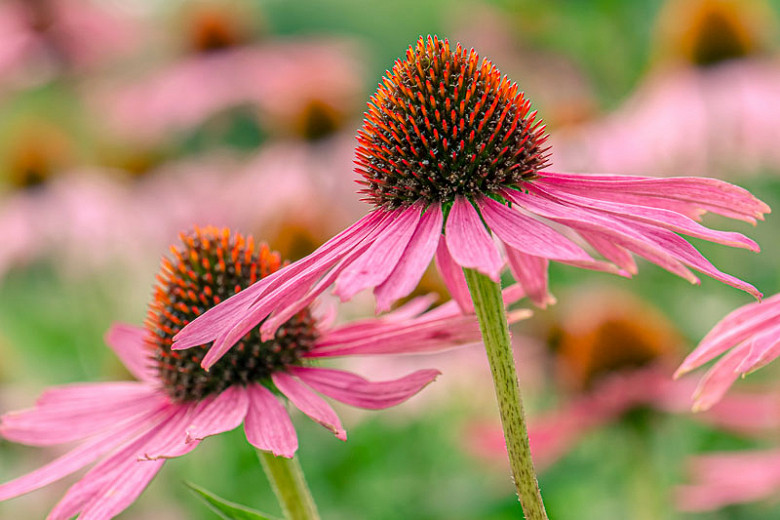
- Veronicastrum virginicum (Culver's root): Culver's root is a tall, airy perennial that blooms in late summer and early fall. Its flowers are white or pink and have a delicate, airy appearance. Culver's root is a good companion plant for Stipa tenuissima because it has similar sun and water requirements.
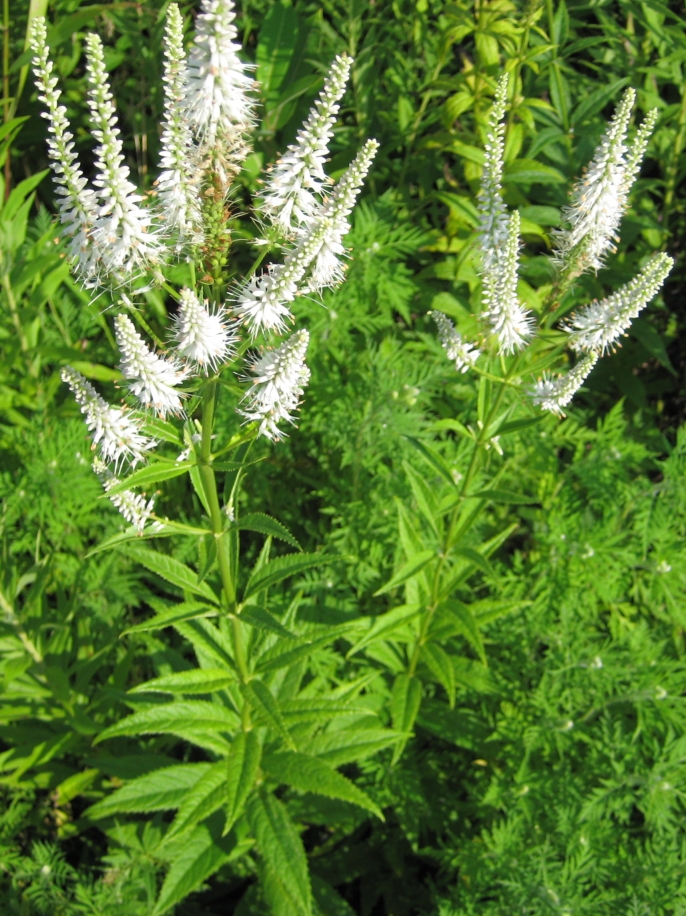
- Sedum species: Sedums are a diverse group of succulent plants that come in a variety of colors and sizes. They are typically drought tolerant and can be used to add texture and interest to the garden. Some good Sedum companions for Stipa tenuissima include Sedum spectabile (autumn joy), Sedum rubrotinctum (jellybeans), and Sedum telephium (stonecrop).
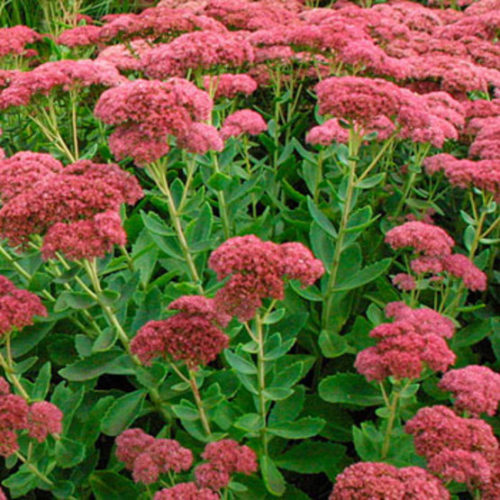

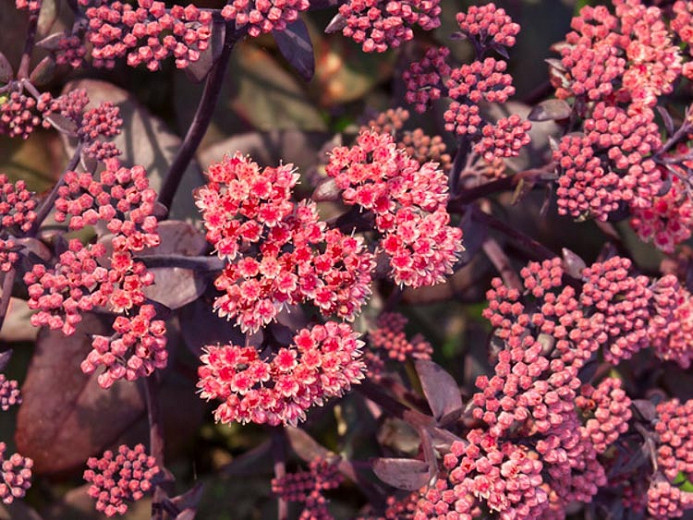
These are just a few of the many companion plants that can be used with Stipa tenuissima. When choosing companion plants, it is important to consider the overall look and feel you want to achieve in your garden. With a little planning, you can create a beautiful and long-lasting landscape that features Stipa tenuissima as the star of the show.
FAQ of stipa tenuissima companion plants
1. What are some good companion plants for Stipa tenuissima?
Stipa tenuissima, also known as Mexican feather grass, is a drought-tolerant and low-maintenance grass that can add movement and texture to any garden. It is best to plant it in full sun and well-drained soil. Some good companion plants for Stipa tenuissima include:
- Other grasses, such as miscanthus, pampas grass, and fountain grass
- Perennials, such as lavender, yarrow, and sedum
- Shrubs, such as roses, hydrangeas, and sage
- Groundcovers, such as creeping thyme, gazania, and alyssum
When choosing companion plants for Stipa tenuissima, it is important to consider the plant's mature size, sun requirements, and soil type. For example, if you are planting Stipa tenuissima in a small garden, you may want to choose companion plants that are also relatively small, such as creeping thyme or gazania.
2. How far apart should Stipa tenuissima plants be spaced?
The spacing of Stipa tenuissima plants depends on the size of the mature plants. For smaller varieties, space plants 12-16 inches apart. For larger varieties, space plants 24-36 inches apart.
3. What are some tips for caring for Stipa tenuissima?
Stipa tenuissima is a relatively low-maintenance plant, but there are a few things you can do to keep it looking its best:
- Water it deeply once a week during the summer, but less often in the winter.
- Fertilize it once a year in the spring with a balanced fertilizer.
- Trim it back in the spring to remove any dead or damaged growth.
- Protect it from frost by covering it with a burlap sack or other protective material in the winter.
4. What are some common pests and diseases that affect Stipa tenuissima?
Stipa tenuissima is generally resistant to pests and diseases, but it can be susceptible to a few problems, such as:
- Spider mites: These tiny pests can cause stippling and yellowing of the leaves. To control spider mites, spray the plants with insecticidal soap or neem oil.
- Mealybugs: These small, white insects can suck the sap from the leaves and stems of plants. To control mealybugs, scrape them off the plants with a cotton swab dipped in rubbing alcohol.
- Rust: This fungal disease can cause orange or brown spots on the leaves of plants. To control rust, remove and destroy infected leaves and spray the plants with a fungicide.
5. How can I propagate Stipa tenuissima?
Stipa tenuissima can be propagated by division or by seed. To propagate by division, dig up a mature plant in the spring or fall and divide it into several smaller clumps. Replant the clumps in well-drained soil in full sun.
To propagate by seed, sow the seeds in the spring or fall in well-drained soil in full sun. Keep the soil moist until the seeds germinate, which can take several weeks.
Image of stipa tenuissima companion plants
- Calamagrostis acutiflora (Feather Reed Grass): This grass has similar airy, feathery plumes as Stipa tenuissima, and it can be used to create a tall, vertical accent in the garden.

- Echinacea purpurea (Purple Coneflower): This herbaceous perennial adds pops of color to the garden with its bright purple flowers. It can be planted in front of Stipa tenuissima to create a contrast of textures and colors.
- Sedum spectabile (Autumn Joy Stonecrop): This succulent plant produces colorful pink and red flowers in the fall. It can be planted in front of Stipa tenuissima to add a splash of color during the cooler months.
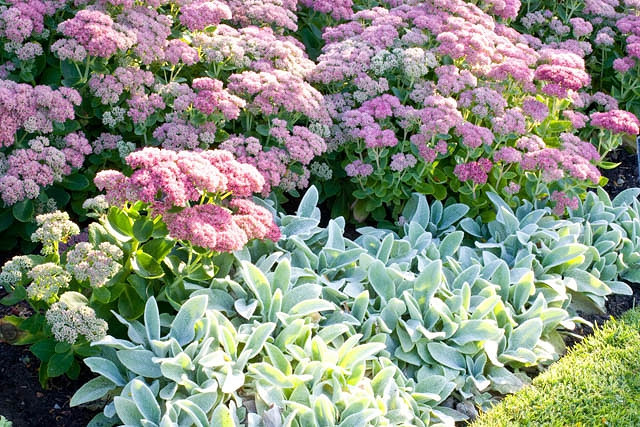
- Coreopsis verticillata (Threadleaf Coreopsis): This herbaceous perennial has small, daisy-like flowers that bloom in shades of yellow, orange, and red. It can be planted in front of Stipa tenuissima to add a touch of brightness to the garden.
/assets/plants/plant_3554/plant_coreopsis_verticillata___zagreb___1_52.jpg)
- Salvia nemorosa (Blue Sage): This herbaceous perennial produces spikes of blue flowers in the summer. It can be planted in front of Stipa tenuissima to add a touch of color and interest to the garden.
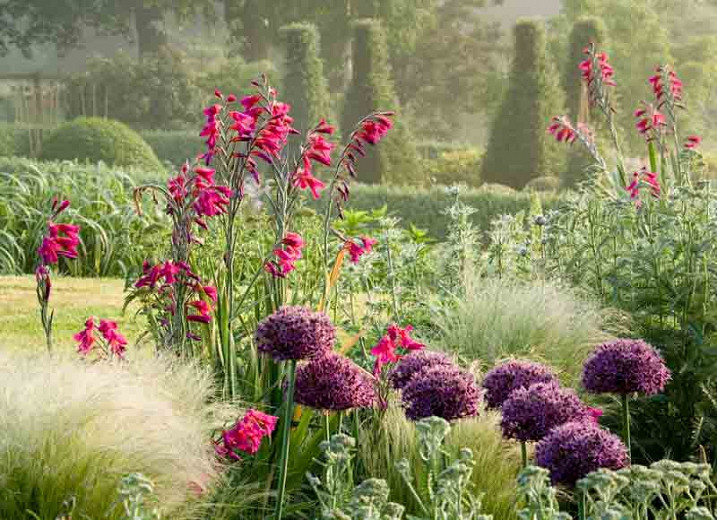

Post a Comment for " Best Companion Plants For Stipa Tenuissima"